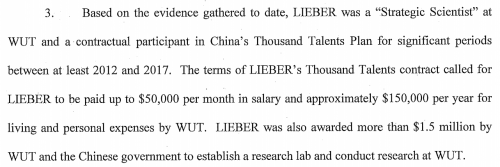I guess he’s recovering. Good for him. Unfortunately, he’s now inflicting more bad takes on us, in this case, the story of Tomas Hudlicky, who wrote such a bad paper in Angewandte Chemie that many of the board members of the journal quit in protest. To the minds of Peterson and other conservatives, this means Hudlicky was burnt at the stake.
I’m not kidding.
So I felt like pointing out that the charred corpse of Dr Hudlicky is still ambulatin’ around, and it’s the board members who have suffered the consequences. Also that Hudlicky sounds like a nightmare of a PI.






